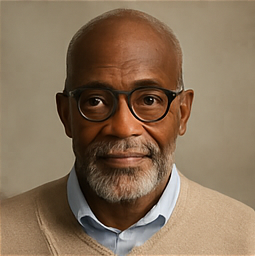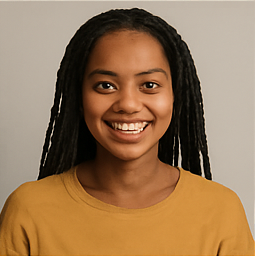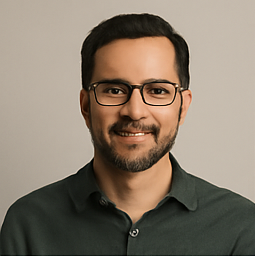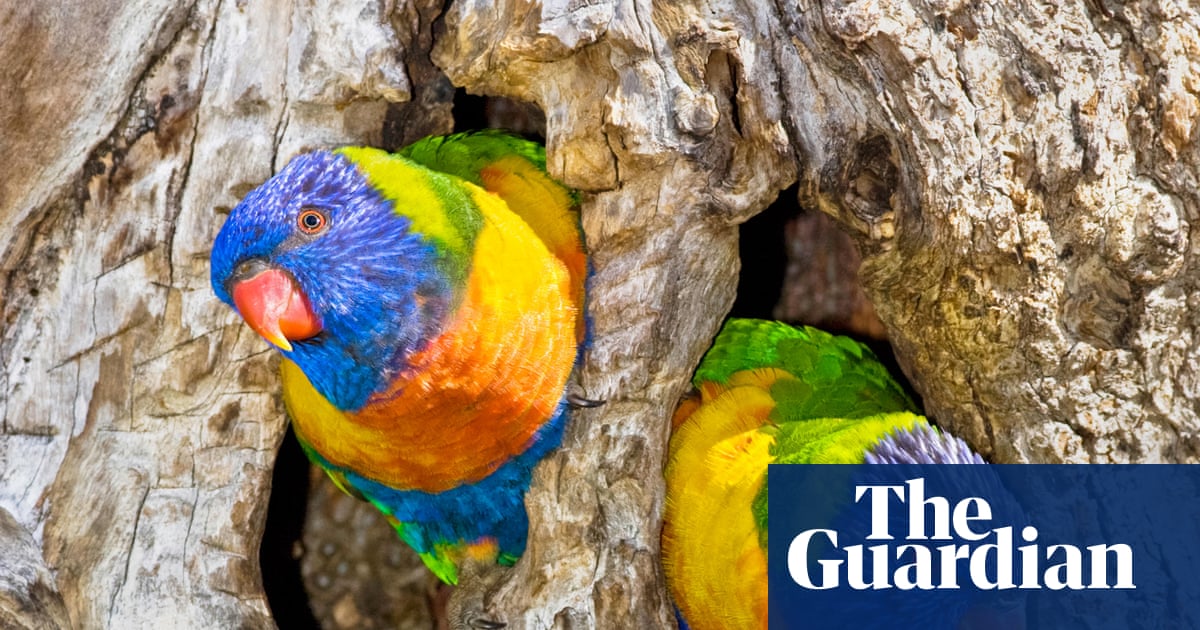10 Years Blind: Woman Sees Her Partner for the First Time with Revolutionary Tooth-In-Eye Surgery!
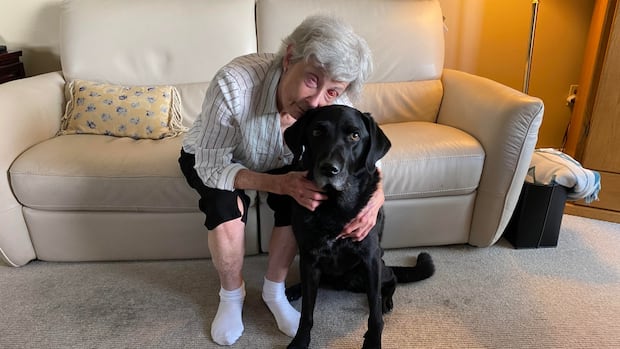
Imagine spending a decade in darkness, only to finally witness the vibrant colors of life and the faces of loved ones. This year, Gail Lane, a 75-year-old woman from Victoria, B.C., experienced this miracle after undergoing a groundbreaking surgical procedure that literally changed her view of the world.
In February, Lane joined a select group of Canadians who bravely opted for a rare and complex surgery known as osteo-odonto keratoprosthesis, or what’s more casually termed tooth-in-eye surgery. After losing her sight due to an autoimmune disorder that left her corneas scarred, this procedure was her beacon of hope.
For years, Lane relied on a volunteer-powered app to assist with choosing her outfits. However, post-surgery, she proudly reported her newfound ability to pick out her clothes without assistance. “At first, I could see light, then movement, and eventually, I could see the wagging tail of Piper, my partner’s service dog,” Lane excitedly shared.
As the days progressed, Lane's vision began to sharpen, and she could finally see Piper, her partner Phil, and the lush world around her. “I can see lots of colors, trees, grass, and flowers. It’s such a wonderful feeling to witness these things again,” she expressed joyfully. Most heartwarming of all, Lane met Phil after she lost her vision; thus, seeing his face was a profoundly emotional moment. Six months post-surgery, she finally laid eyes on him.
Dr. Greg Moloney, an ophthalmologist at Vancouver’s Mount Saint Joseph Hospital, pioneered this innovative surgery in Canada. He explained that the process involves extracting a tooth, implanting it into the cheek to grow connective tissue, and later incorporating a small lens into the tooth for vision restoration. “It’s a complex and strange operation, but it’s about replacing the cornea with a structure that won’t be rejected by the body,” Dr. Moloney clarified.
Although the surgery and recovery period were uncomfortable, Lane remarked, “It’s been a long wait, but well worth it.” Her independence has been a significant focus, as she eagerly anticipates short trips and walks without needing others for support. “I’m just looking forward to seeing what I can do again,” she concluded with hope and determination.

